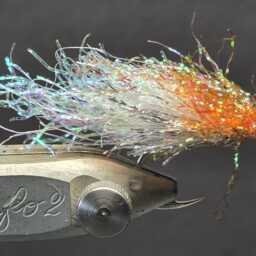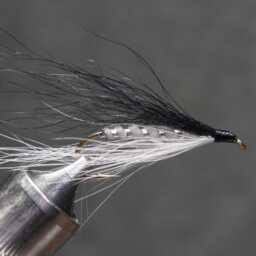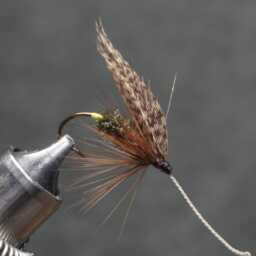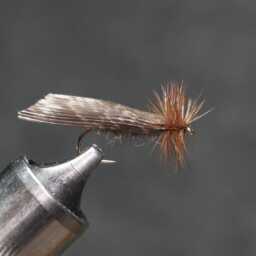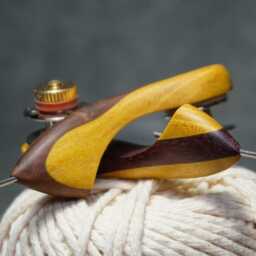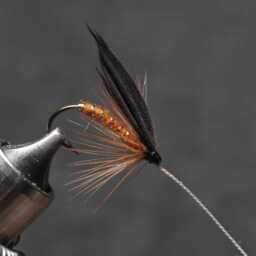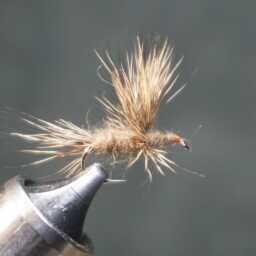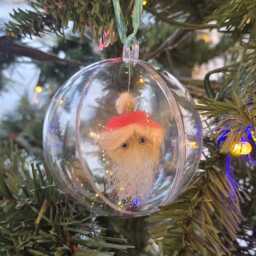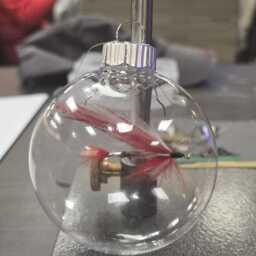The American Golden Plover hackles are primarily used for soft hackle flies such as spiders but also has been used as a soft wet fly wing.
The breeding adult American golden plover is distinguished by its striking plumage: a black face, neck, breast, and belly, complemented by a white crown and nape that extend to the side of the breast. Its back features a mottled pattern of black and white with pale, golden spots. Females during the breeding season are similar but have less black.
In winter, both sexes of the American golden plover adopt a more subdued appearance, with grey-brown upperparts, pale grey-brown underparts, and a whitish eyebrow. The head and bill are relatively small.
The American golden plover can be confused with two other golden plover species: the European and Pacific golden plovers. Compared to the European golden plover, the American golden plover is smaller, slimmer, and has relatively longer legs. Additionally, the European species has distinctive white axillary feathers.
The American golden plover is more similar to the Pacific golden plover, with which it shares grey axillary feathers. The Pacific golden plover, once classified as the “lesser golden plover,” is slimmer, has a shorter primary projection, longer legs, and usually a yellower back. In breeding plumage, the American golden plover has a solid black lower belly and undertail, whereas the Pacific and European species exhibit more white on the flanks and undertail.
It is important to note that first-summer immature American golden plovers may have incomplete black plumage and can be harder to distinguish. Additionally, the post-breeding molt occurs later in the American golden plover—typically from September to October—compared to the Pacific golden plover, which molts from August.
« Back to Glossary Index
